Search
Search Results

Definition
Byzantium
The ancient city of Byzantium was founded by Greek colonists from Megara around 657 BCE. According to the historian Tacitus, it was built on the European side of the Strait of Bosporus on the order of the “god of Delphi” who said...
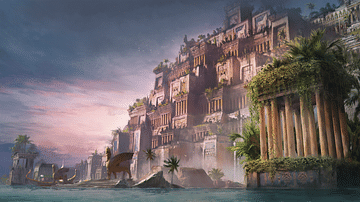
Article
Philo of Byzantium's On the Seven Wonders
Philo of Byzantium's On the Seven Wonders (225 BCE) is the first known list of the Seven Wonders of the Ancient World (though it may have been based on earlier works now lost). Philo's list differs from the standard Seven Wonders in replacing...
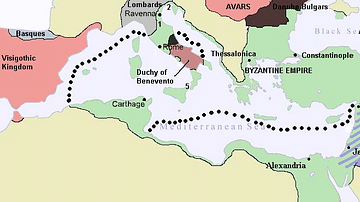
Article
Byzantine-Armenian Relations
The relationship between the Byzantine Empire and ancient Armenia was a constant and varied one with an equal mix of wars, occupations, treaties of friendship, mutual military aid, and cultural exchange. Regarded as a vital defence to the...
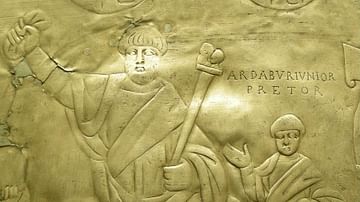
Article
The Isaurians and the End of Germanic Influence in Byzantium
Germanic influence reigned in the Roman Empire from the end of the 4th century CE through the 5th. Germanic individuals took important posts in the government and the military, and Germanic tribes penetrated ever further into lands that had...
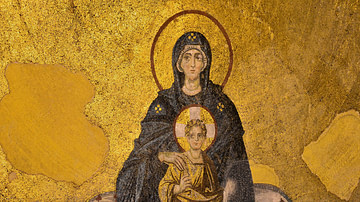
Definition
Byzantine Empire
The Byzantine Empire existed from 330 to 1453. It is often called the Eastern Roman Empire or simply Byzantium. The Byzantine capital was founded at Constantinople by Constantine I (r. 306-337). The Byzantine Empire varied in size over the...
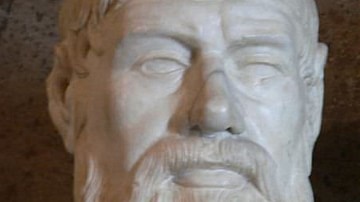
Definition
Pausanias (General)
Pausanias (c. 510 - c. 465 BCE) was a Spartan regent and general who won glory by leading a combined Greek force to victory over the Persians at the Battle of Plataea in 479 BCE. Famously immodest regarding his own talent, he was beset by...
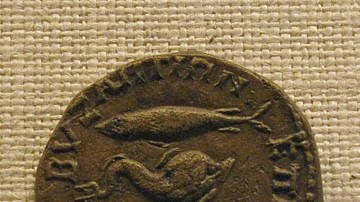
Image
Bronze Coin of Byzantium
Bronze coin of Byzantium: Dolphin flanked by two tunny fish, 146-176 CE. (Metropolitan Museum of Art, New York).

Definition
Byzantine Art
Byzantine art (4th - 15th century CE) is generally characterised by a move away from the naturalism of the Classical tradition towards the more abstract and universal, there is a definite preference for two-dimensional representations, and...

Video
Byzantium Site: Philippi
Video courtesy of the Hellenic Ministry of Culture and Sports, Athens. Watch more videos about Byzantium: https://www.youtube.com/playlist?list=PLij2XTFgmBSQskKvT13tl72SPNmFlMDA2 Heaven and Earth: Art of Byzantium from Greek Collections...

Video
Byzantium Site: Athens
Video courtesy of the Hellenic Ministry of Culture and Sports, Athens. Watch more videos about Byzantium: https://www.youtube.com/playlist?list=PLij2XTFgmBSQskKvT13tl72SPNmFlMDA2 Heaven and Earth: Art of Byzantium from Greek Collections...